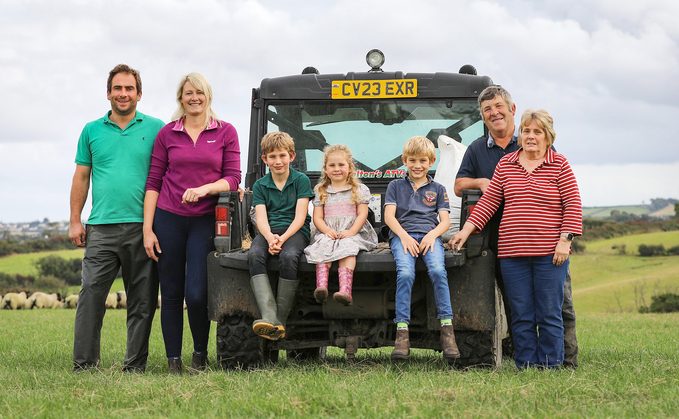
Swapping the Herefordshire countryside for the Pembrokeshire coast in 1983 has led the Jones family to run a forward-thinking dairy herd with pedigree sheep as a key part of the system, switching from...

Swapping the Herefordshire countryside for the Pembrokeshire coast in 1983 has led the Jones family to run a forward-thinking dairy herd with pedigree sheep as a key part of the system, switching from...
This week's opinion from throughout the world of agriculture: Adrian Fellows, chief executive of infection control specialists Aga2Tech
It is 30 years since the Zwartbles Sheep Association was first established in the UK – and with 12 flocks on the books in 1995, compared to 526 today, it is clear that the love for this big, bright, black-and-white breed continues to grow
Vet Lee-Anne Oliver, founder of the UK's first vet-led regenerative farming service, believes farmers can benefit financially from taking a more holistic approach to livestock management